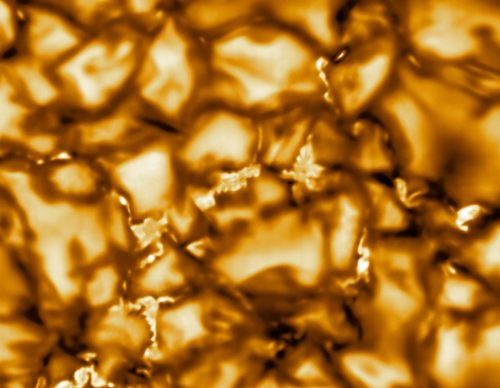


The advent of the atomic bomb dramatically altered the prospects for producing a hydrogen bomb.

However, many believed that these conditions were impossible to recreate on earth and, as a result, few scientists had given much thought to producing such reactions in a laboratory. During the 1930s, Hans Bethe investigated this phenomenon and suggested that the sun and other stars derived their energy from a set of thermonuclear reactions that took place under enormously high pressures and temperatures believed to prevail in the center of the stars. In the early 20th century it was recognized that stars probably obtained their enormous output of energy from some sort of nuclear process. In addition to the research and development of fission weapons during the Manhattan Project, theoretical work on the hydrogen bomb had also begun. The Hydrogen Bomb and the Manhattan Project Thus began the vast expansion of the nuclear weapons complex that eventually had operations in some thirty-two states. Because of the increasing range of Soviet aircraft, the Commission ruled out expanding Hanford but preferred distant sites in the South and Ohio River region. du Pont de Nemours and Company, asking DuPont to undertake the design, construction and operation of a new site to produce plutonium and tritium, a necessary ingredient for the thermonuclear bomb. Nonetheless, on July 25, 1950, President Harry Truman wrote to Crawford H. At the time, David Lilienthal, chairman of the Atomic Energy Commission, had strong reservations about pursuing the "Super" or thermonuclear bomb. In January 1950, President Truman made the controversial decision to continue and intensify research and production of thermonuclear weapons.


 0 kommentar(er)
0 kommentar(er)
